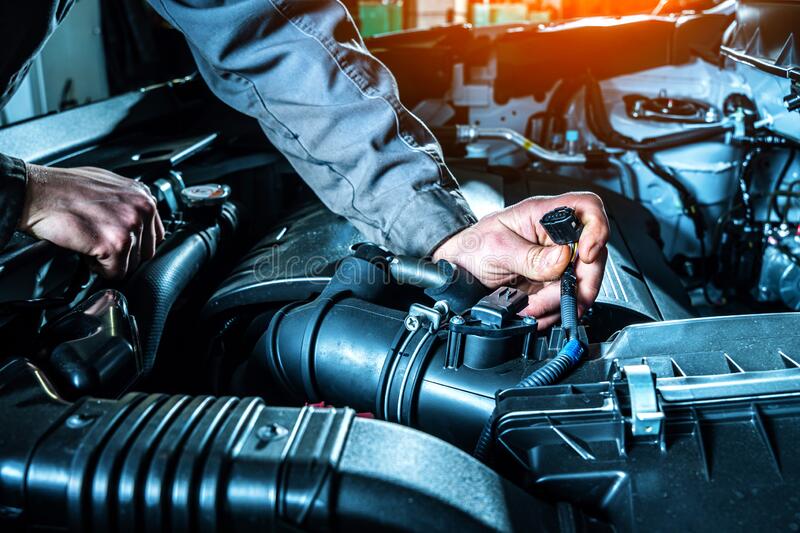
The Mass air flow sensor is an important component of a car’s electronic fuel injection system. It is situated between the air filter and the intake manifold of the engine. The intake air temperature sensor is integrated into the mass air flow sensor in some vehicles. However, different types of airflow sensors require varied maintenance. Digital sensors output a frequency, whereas analog mass air flow sensors output a variable voltage. Both outputs are delivered to the engine control module to aid in the regulation of the air-fuel mixture in the automatic transmission system of the vehicle.
What Does It Do?
The air mass flowing into the engine intake is measured using mass air flow sensors. This is vital for estimating the amount of fuel to add to produce the optimum air-fuel ratios (AFR). The ideal AFR is 14.7:1 which is14.7 pounds of air to 1.0 pounds of gasoline, however, AFR can vary. AFRs of up to 12:1 is required for acceleration, whereas levels as low as 22:1 are required for cruising. A malfunctioning mass air flow sensor might make fuel injection calculations difficult or impossible for the engine control module (ECM). This can lead to a slew of other issues with your car. If you experience any of the following symptoms, you want to take your car to automotive experts for proper care. You can check them out here.
Failure Symptoms
Your mass air flow sensor will deteriorate and become prone to failure over time. This is because it is continually exposed to flowing air that contains exhaust fumes, debris, and dust, therefore it’s critical to have a local technician look it over if you notice any of the following signs in the performance of your car.
Exhaust Smoke Is Black
Exhaust smoke from your automobile is most likely a symptom that something is wrong. While it might be caused by a variety of faults, it could indicate that your mass air flow sensor is broken, causing the engine control model to calculate incorrect fuel injection, resulting in black smoke.
Misfiring/Running Rough
The powertrain control module (PCM), which governs the engine, gearbox, and other components in your automobile, will not know how much gasoline the engine requires until it receives a suitable signal from the mass air flow sensor. This can cause the engine to run with too little gasoline or too much fuel. As a result, the combustion process is incomplete, which can cause rough engine running and misfiring
Inadequate Fuel Economy
If your automobile suddenly requires more gasoline than normal, this might be a symptom of a significant problem. A faulty mass air flow sensor may be delivering false information to the powertrain control module (PCM), causing the vehicle to consume gasoline faster than normal.
Check Engine Light
A bright check engine light is the most prevalent symptom of mass air flow sensor failure. If the light turns on, regardless of whether there are any other indicators of a problem, you should have your automobile checked out by a local technician. It might indicate a broken or malfunctioning mass air flow sensor.
Difficulty Starting/Turning Over the Engine
If you’re having difficulties starting your automobile or getting the engine to turn over, it’s possible that the air-fuel combination is out of balance. All cars are extremely sensitive to appropriate air-fuel combinations and may struggle to start if it is thrown off by a faulty mass air flow sensor.
Hesitation and/or Jerking
If you notice odd hesitation and/or abrupt irregular jolts of power, it might be due to mass air flow sensor issues. Operating a car in this manner is exceedingly unsafe, thus it is critical to have an auto repair specialist inspect the vehicle as soon as possible.
Idling Lean
If your automobile appears to be straining for power and stalling frequently, it may have too much air in the engine and not enough gasoline. This can result in the combustion process failing, which is frequently hampered by dirt accumulation on the wires in the mass air flow sensor.
Conclusion
It is better to be on the safe side as prevention they say is better than cure. Do not wait until your car breaks down before requesting experts’ help. Once you see a sign, make a move.



